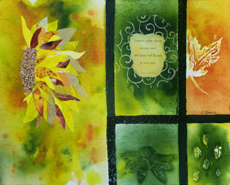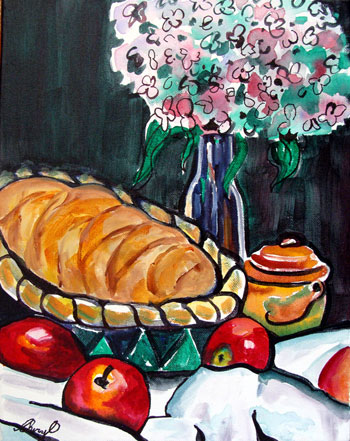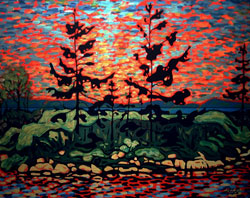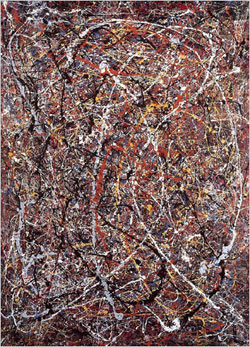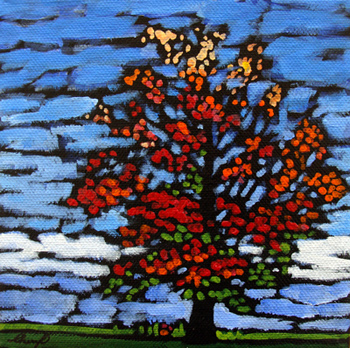I’ve never been a fan of Thomas Kincade, to me his art feels like too much sugar. But I must admit, he did a brisk business. So – good for him. I have seen some really negative articles written about his work since he passed, saying that he wasn’t a real artist. I disagree. His paintings still required real skill, and spoke meaningfully to many. For a long time I have been aware that art is a language and as such, artists can say whatever they want with it. It doesn’t mean that I want to have it all on my wall, but when it comes to Thomas Kincade, apparently a lot of people did. If you would like to read more about this controversy, the best article by far that I have read about it is by Graham Matthews – here’s the link: “
Art Promotive – Thomas Kinkade Controversy“. Your comments are welcome below.
